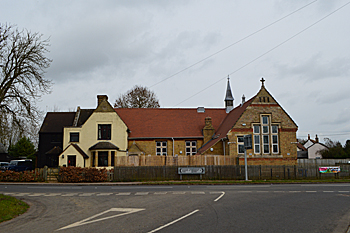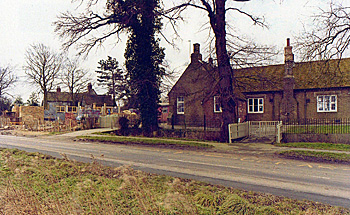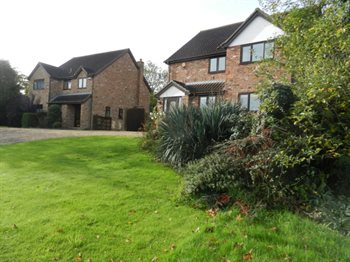Education in Little Staughton After 1900
This article was written by Jeannette Atkinson and Brenda Foster
![Little Staughton School about 1910 [X396/227]](/CommunityHistories/Little-Staughton/Little-Staughton-images/Little-Staughton-School-about-1910-X396-227350x224.jpg)
Little Staughton school about 1910 [X396/227]
A landmark Education Act was passed in 1902, coming into effect in 1903. It disbanded the School Board and gave day to day administration of schools to newly formed Local Education Authorities, which was usually the County Council, as in Bedfordshire. The old Board Schools, like Little Staughton school, became Council Schools. Other non-board schools became Public Elementary Schools.
Attendance at school on 2nd August 1911 was 53 children, 3 April 1925 attendance was still 50 children. By 23rd March 1937 there was only an average attendance of 17 children in class [E/IN1/1]. On the whole the reports were of an improving school with well behaved children, but school buildings still needing some maintenance. In 1925 the playground was described as ‘having some subsidence’. The author describes how rats are seen running in and out of holes in the ditch which borders the playground and they may be the cause of the subsidence. By 1928 it is described that the National Savings Scheme is performing well in Little Staughton School.
1944 was the year of the third of the great Education Acts, which established the principle of County Primary Schools for children up to the age of 11 years. An examination (11+) was taken to determine the type of secondary school that children would attend up to the age of 15 years; the most successful children went to grammar schools and the rest to secondary modern schools. The Act created two other types of schools: voluntary aided (those which the Local Education Authority funded) and voluntary controlled (these owned their own buildings but staff were employed directly by governers).
Following the 1944 Act, Little Staughton School becomes a County Primary School.

Kymbrook Lower School March 2016
In the 1970’s Bedfordshire County Council introduced comprehensive education; this removed the 11+ examination / grammar schools and introduced a tier of schools between the County Primary and County Secondary schools. Thus Lower Schools now taught children aged 4 to 9 years, Middle Schools from 9 to 13 years and Upper schools from 13 onwards. In the early 1980’s the County Council needed to save money and began a consultation to close a number of small rural schools. Little Staughton was one of these schools. After much debate and many written representations about the closure [E/SC1/LS/1-4] Little Staughton school closed in 1982. In 1983 it was decided to merge Little Staughton and Keysoe schools to form a new Lower School in the old Keysoe buildings – Kymbrook Lower school, now Kymbrook Academy [E/SC1/Gen 7].

The former Little Staughton Lower School about 1985 - the Village Hall being built in the former playground
In 2009 Bedfordshire County Council was abolished and the Local Education authority for Little Staughton/Keysoe became Bedford Borough Council. In the 21st Century Kymbrook School serving the children of Little Staughton became a foundation school, part of the North Bedfordshire Schools Trust. When this trust was dissolved Kymbrook remained a foundation school without a trust and today it is part of the Sharnbrook Academy Schools.

Redeveloped site of Little Staughton school in 2017
The Victorian school building on Colmworth Road, Little Staughton was sold for residential development and was replaced by two family houses circa 1984: a much needed Village Hall was built on the old school playground at the same time.